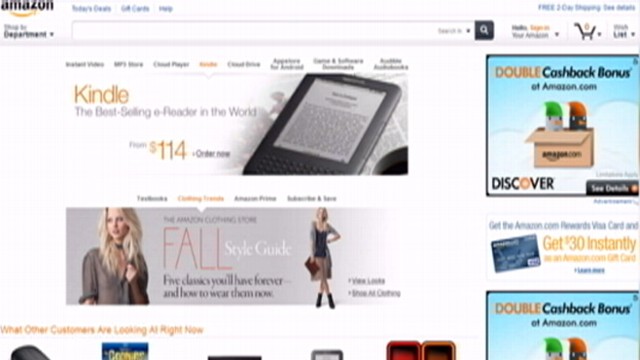

Amazon was essentially done with the strategy of discounting big publishers’ ebooks. And the DOJ made sure that those agreements entitled the retail “agent” to discount from the publisher’s agency price, as long as the aggregated discounts to consumers didn’t exceed the retailers’ aggregate margin on those ebooks. This led to anti-trust action by the US government by which agency pricing was allowed, but only by newly negotiated agreements between each of the major publishers and their vendors, including Amazon.

The intermediary - the retailer - was just an “agent” without pricing power.

Their solution, aided and abetted by the new Apple iBooks ecosystem that debuted in April of 2010, was to move from “wholesale” pricing, where the retailer controlled the ultimate price to the consumer, to “agency”, where the publisher was the seller to the consumer and controlled the price. They could see no end to the switch to ebooks and it seemed logical to figure out a way to encourage competition across ebook ecosystems. When the combination of the new technologies accelerated the shift from buying in stores to buying online, and Amazon showed a willingness to sell ebooks for Kindle at prices below the costs publishers charged them, the big legacy publishers became alarmed. Amazon’s introduction of the Kindle in 2007 was followed rapidly by other ebook systems - Kobo, Google, B&N’s Nook, and Apple’s iBook - and widely-available print-on-demand capabilities for printed books offered by Ingram (Lightning Print was already a decade old) and Amazon’s CreateSpace.Īmazon had long exploited price as a weapon in the marketplace, discounting heavily to favor customer acquisition and retention over immediate margin and profits.


 0 kommentar(er)
0 kommentar(er)
